In the increasingly urbanized world we inhabit, wildlife faces unprecedented challenges adapting to human-dominated landscapes. Among these adaptations, one of the most fascinating involves our feathered neighbors. Birds, those masterful communicators of the animal kingdom, are changing their tunes in response to the cacophony of city life. As urban noise pollution—from traffic, construction, industrial activity, and the general hum of human existence—fills the sonic landscape, birds must adapt or risk their vital messages going unheard. This phenomenon, known as vocal adaptation, represents a remarkable example of behavioral flexibility and evolutionary pressure playing out in real-time within our cities. From pitch adjustments to timing shifts, our urban avian residents are demonstrating remarkable ingenuity in ensuring their songs and calls achieve their intended purpose despite the challenges of city soundscapes.
The Urban Acoustic Challenge
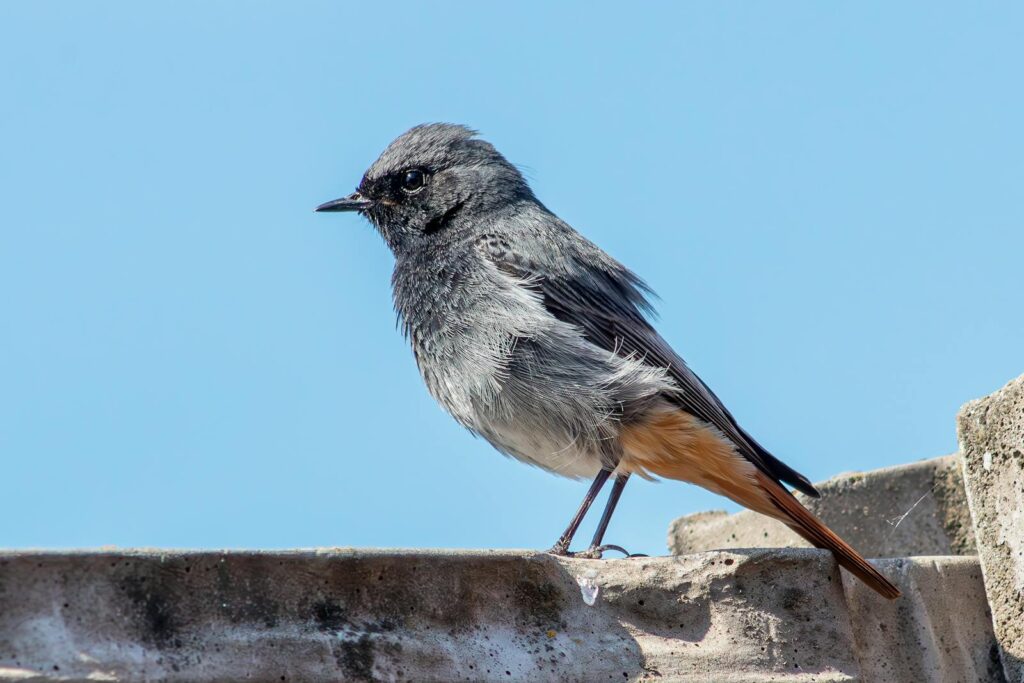
Cities present birds with a unique and formidable acoustic environment unlike anything encountered in their evolutionary history. Urban noise typically creates a persistent low-frequency sound barrier, with traffic and machinery generating sounds between 1-4 kHz—precisely overlapping with many birds’ natural calling frequencies. This acoustic masking makes traditional bird calls ineffective, as they become drowned out by human activities. A songbird’s territorial call that might travel hundreds of meters in a forest environment may only travel a fraction of that distance in a city setting. Additionally, the reflective surfaces of buildings create echo chambers that distort and fragment bird vocalizations, further complicating communication. For urban birds, this isn’t merely an inconvenience but a critical survival challenge affecting everything from mate attraction to territory defense.
The Science of Avian Communication

To appreciate how urban noise impacts birds, we must first understand the complexity and importance of avian vocal communication. Birds possess a specialized vocal organ called the syrinx, located at the junction of the trachea and bronchi, which allows for remarkable vocal versatility. Unlike the human larynx, the syrinx enables many birds to produce two independent sounds simultaneously, creating complex melodies and calls. Bird vocalizations serve numerous critical functions: attracting mates, defending territories, coordinating group movements, maintaining pair bonds, and warning of predators. Each species has evolved specific call characteristics—including frequency, amplitude, rhythm, and timing—optimized for their natural habitat and social needs. This exquisite evolutionary tuning makes birds particularly vulnerable when artificial noise disrupts the acoustic spaces they’ve evolved to occupy.
Frequency Shifts: Singing Higher Notes

Perhaps the most documented adaptation among urban birds is the shift toward higher-frequency songs and calls. Since city noise predominantly occupies the lower frequency range, birds can avoid acoustic competition by raising the pitch of their vocalizations. Research on European great tits (Parus major) has demonstrated that urban populations sing at significantly higher minimum frequencies than their forest-dwelling counterparts. Similar patterns have been observed in white-crowned sparrows, robins, blackbirds, and numerous other species across continents. This frequency adjustment isn’t simply a matter of singing louder but represents a fundamental shift in the birds’ vocal repertoire. Studies using spectrographic analysis show that these changes can be significant, with some urban birds singing at frequencies 200-800 Hz higher than rural populations of the same species, effectively shifting their communication channel to avoid human-generated acoustic interference.
Amplitude Adjustments: The Lombard Effect
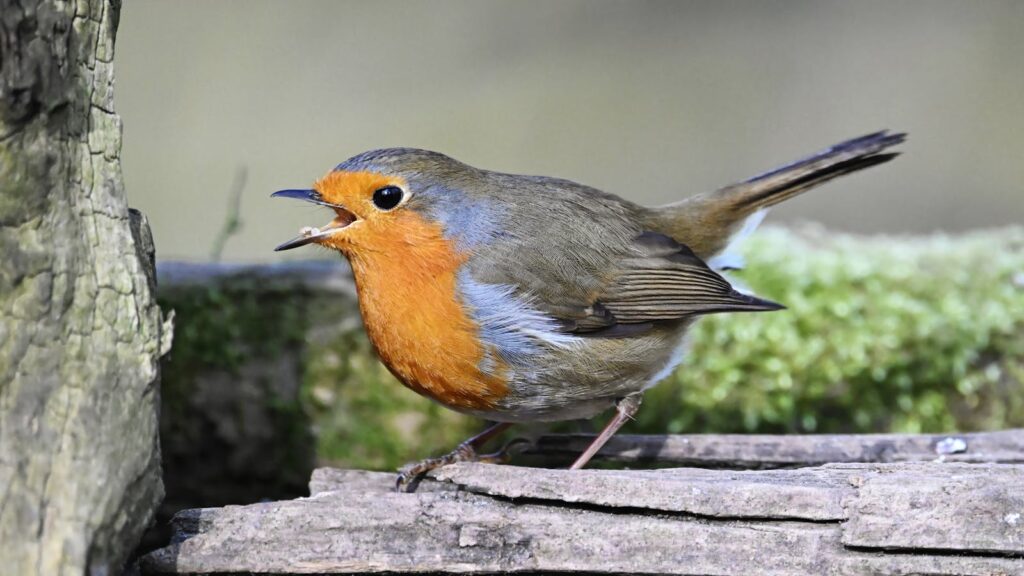
Birds, like humans, exhibit the Lombard effect—increasing the volume of their vocalizations in noisy environments. Urban birds often produce louder calls to overcome the background noise of city life, a phenomenon documented across numerous species from nightingales to zebra finches. This volume increase doesn’t come without costs, as producing louder sounds requires greater energy expenditure and potentially causes increased stress and vocal strain. Physiologically, birds achieve this increase through stronger contractions of their respiratory muscles and syringeal apparatus, essentially putting more physical effort into each call. Research has shown that some urban birds can increase their call amplitude by 10-20 decibels compared to quiet conditions, representing a significant energetic investment in communication that may impact other aspects of their health and behavior over time.
Temporal Adaptations: Changing When They Sing
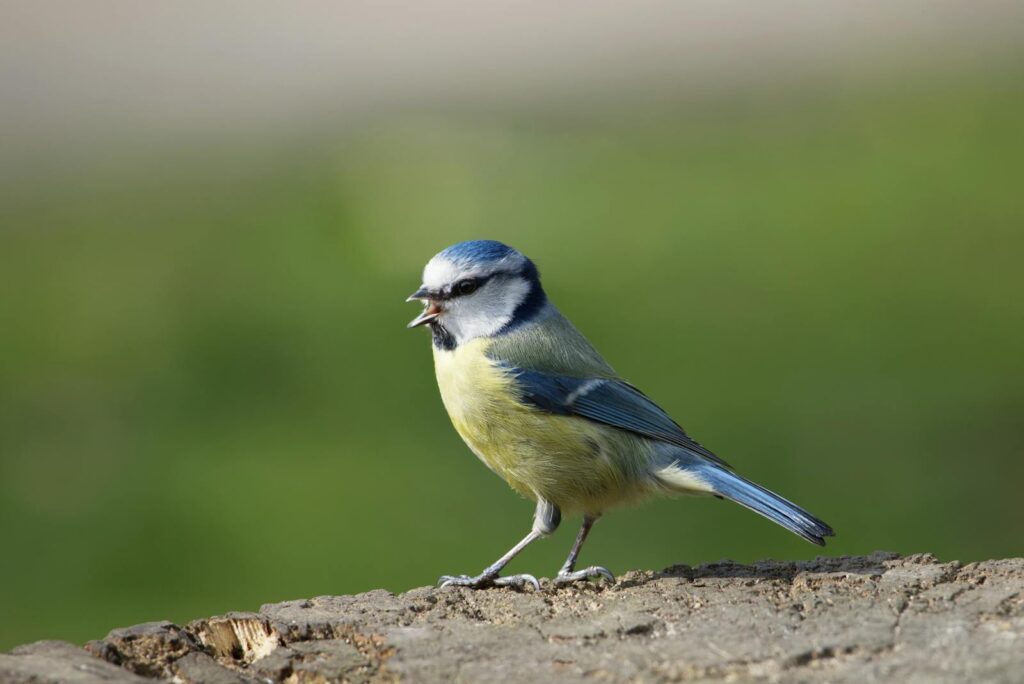
Beyond adjusting the acoustic properties of their calls, urban birds also modify when they vocalize to avoid peak noise periods. Many species have shifted their dawn chorus to earlier hours when urban noise levels are lower, effectively creating temporal windows for unimpeded communication. European robins in noise-polluted areas have been observed singing at night under street lights, a dramatic departure from their typically diurnal vocalization patterns. Some urban birds also exploit momentary gaps in traffic noise, timing their calls to coincide with brief periods of relative quiet between passing vehicles. These temporal shifts represent sophisticated behavioral adaptations that allow birds to maintain effective communication while minimizing direct competition with anthropogenic noise, though they may create new challenges, including disrupted sleep patterns and altered energy budgets for the birds.
Structural Changes: Simplifying Songs

Many bird species have altered the structure and complexity of their vocalizations in response to urban noise. Researchers have documented urban birds simplifying their songs, reducing the number of notes, syllables, or trills compared to their rural counterparts. This simplification likely improves sound transmission in noisy environments by focusing energy on fewer, clearer elements rather than complex arrangements that might become garbled. For example, studies of chiffchaffs and great tits have shown that urban individuals often produce songs with fewer syllable types but repeat certain elements more frequently, creating more redundancy in their messages. This structural adaptation represents a communication trade-off: while simplified songs may transmit more reliably through noise, they potentially contain less information or nuance than the complex songs birds produce in quieter habitats, possibly affecting mate choice and other socially important interactions.
Species-Specific Responses

Not all bird species respond to urban noise in the same way or with equal success. Birds with greater vocal flexibility, particularly those that learn their songs rather than relying on innate patterns, tend to show more pronounced adaptations to urban environments. Species like the European blackbird, American robin, and great tit demonstrate remarkable plasticity in their vocal behaviors and have become urban success stories partly because of this flexibility. Conversely, birds with genetically fixed songs or those that vocalize primarily in frequency ranges heavily impacted by urban noise often struggle to maintain populations in cities. Species-specific constraints in vocal anatomy also play a role—some birds physically cannot produce higher-pitched sounds due to body size or syrinx structure, limiting their adaptive options. These differences in adaptive capacity contribute significantly to which bird species thrive in urban environments and which retreat to less disturbed habitats.
Learning Versus Genetic Adaptation

The changes in bird vocalizations raise fascinating questions about the mechanisms underlying these adaptations. For many species, especially songbirds, vocal modifications appear to result from behavioral plasticity—individual birds learning to adjust their calls within their lifetime in response to local acoustic conditions. Evidence for this comes from experiments showing that captive birds raised in artificial noise environments develop different calls from those raised in quiet conditions. However, research also suggests that in some populations, vocal adaptations may be becoming genetically encoded through natural selection, with birds whose innate vocal tendencies better suit urban environments experiencing greater reproductive success. The relative importance of learning versus evolutionary change likely varies between species and populations, creating a complex mosaic of adaptation mechanisms across urban avian communities.
Consequences for Bird Fitness

The modification of vocalizations in response to urban noise carries potential consequences for bird fitness and population dynamics. While these adaptations may allow continued communication in noisy environments, they often come with trade-offs. Higher-pitched songs may not travel as far or be as attractive to potential mates, potentially reducing territory size or mating success. The increased energy expenditure required for louder or more frequent calling may reduce resources available for other vital activities, like foraging or parental care. Some studies have found correlations between noise exposure, altered calling behavior, and physiological stress markers in urban birds, suggesting potential health impacts. The cumulative effect of these trade-offs may contribute to reduced reproductive success in some urban populations, though the complete picture of fitness consequences remains an active area of research with complex, species-specific outcomes.
Urban Noise as an Evolutionary Force

The pressure to adapt vocalizations in noisy environments represents a powerful evolutionary force shaping bird populations in real-time. Urban areas are effectively conducting large-scale natural experiments in evolution, with noise acting as a selective pressure that favors individuals with greater vocal flexibility or innately higher-pitched calls. Recent research using genetic and acoustic analysis suggests that some adaptations may be becoming heritable in certain populations after just decades of urban influence—a remarkably rapid evolutionary response. This process potentially drives genetic divergence between urban and rural populations of the same species, which could eventually lead to reproductive isolation and speciation over longer timeframes. The phenomenon offers scientists a rare opportunity to observe evolutionary processes playing out rapidly in response to human-created environmental conditions.
Technological Solutions and Conservation Implications
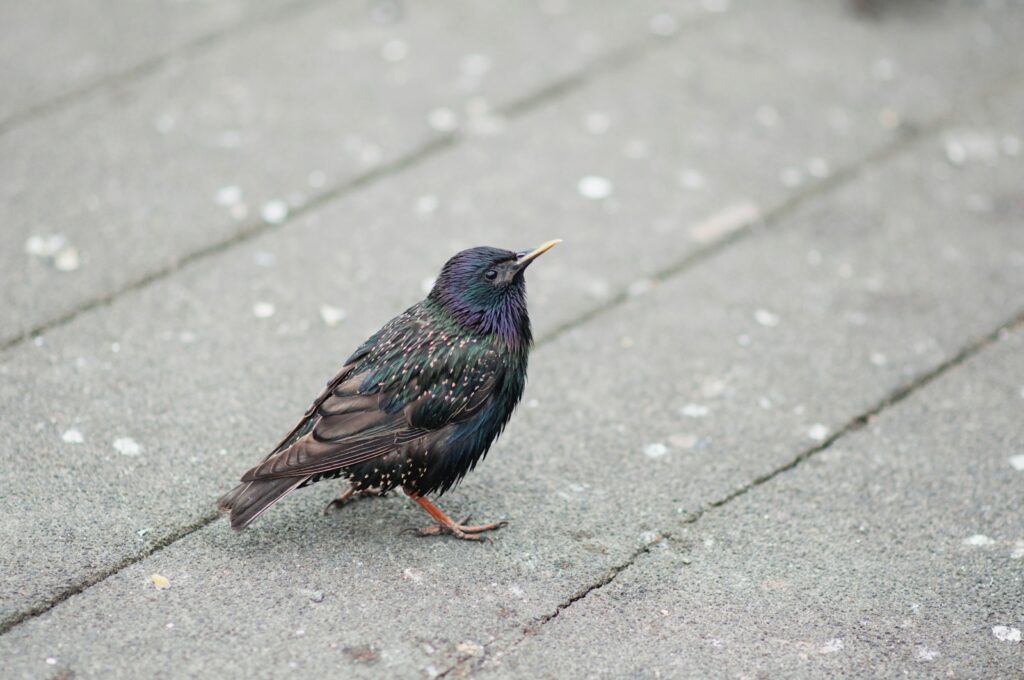
Understanding how birds adapt to urban noise has important implications for conservation and urban planning. Cities can incorporate noise reduction strategies into development plans, such as sound barriers, quieter pavement materials, traffic calming measures, and green buffers to create more hospitable acoustic environments for birds. Some innovative urban areas have experimented with creating “quiet zones” or “acoustic sanctuaries” in parks and green spaces by using strategic landscape design to block urban noise. Conservation efforts increasingly consider acoustic ecology when designing urban wildlife refuges, recognizing that habitat includes not just physical resources but also a viable acoustic environment. Additionally, monitoring bird vocalizations serves as a valuable bioindicator of urban environmental quality, with changes in calling behavior potentially signaling problematic noise levels before other ecological impacts become apparent.
Citizen Science and Acoustic Monitoring

The study of urban bird vocalization has been revolutionized by citizen science initiatives and advanced recording technologies. Projects like Urban Bird Songs, Xeno-Canto, and various soundscape ecology programs engage the public in collecting and analyzing recordings of bird calls across urban gradients. These initiatives leverage smartphones and affordable recording equipment to create vast databases of urban bird vocalizations that would be impossible for professional researchers to compile alone. Automated recognition software now allows analysis of thousands of hours of recordings to identify shifts in call characteristics across species, locations, and periods. These technological advances have democratized acoustic ecology research while simultaneously providing unprecedented data resolution on how urbanization affects avian communication patterns, creating opportunities for public engagement with conservation science and more comprehensive monitoring of urban wildlife adaptation.
Future Research Directions

The field of urban bioacoustics continues to evolve, with several exciting research frontiers emerging. Scientists are increasingly investigating the neurobiological mechanisms that enable vocal flexibility, examining how urban noise exposure affects brain development in nestlings and the neural pathways involved in song learning and production. Multigenerational studies tracking genetic changes in urban bird populations promise insights into the speed and extent of evolutionary adaptation to anthropogenic noise. Researchers are also expanding beyond the well-studied songbirds to examine how non-songbird species, including owls, pigeons, and waterfowl, adapt their communication in urban settings. Additionally, the interaction between noise pollution and other urban stressors—light pollution, altered food resources, predator dynamics, and climate change—represents a complex but crucial area for future investigation to understand the holistic challenges facing urban avian populations.
Conclusion
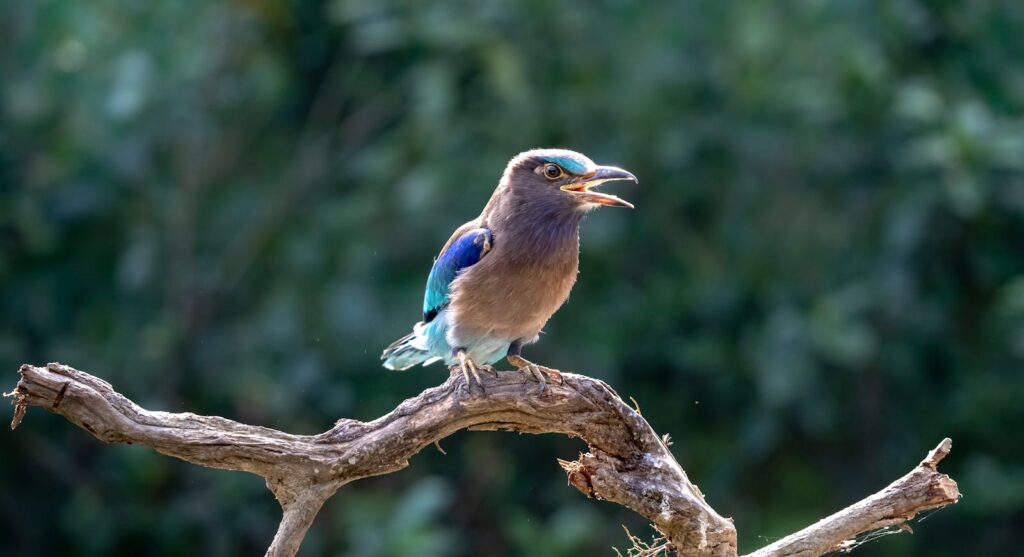
The remarkable vocal adaptations of urban birds exemplify both the challenges wildlife faces in human-dominated landscapes and the resilience some species show in response to these novel pressures. From shifting frequencies and amplitudes to adjusting timing and simplifying song structures, birds demonstrate sophisticated behavioral plasticity in maintaining effective communication despite the cacophony of city life. These adaptations, while impressive, come with potential costs to fitness and raise important questions about long-term evolutionary consequences. As our cities continue to expand and transform, understanding and mitigating the impacts of noise pollution on avian communication becomes increasingly important for conservation efforts. The songs of birds changing in response to our urban soundscapes serve as both a warning about human environmental impacts and an inspiring testament to nature’s adaptive capacity. By listening carefully to these changing choruses, we gain valuable insights not only into bird behavior but also into creating more biologically inclusive urban environments where human activities and natural communications can coexist.
